ANIMALS
7 Rarest Animal From Around The World
Published
5 months agoon
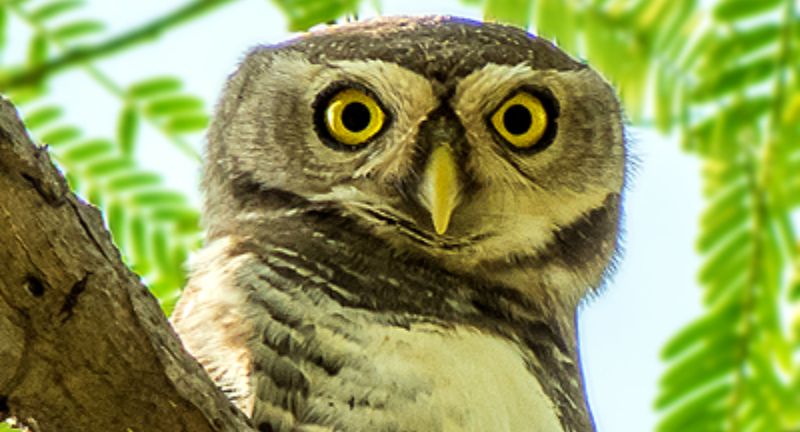
Wikipedia
Explore the unique and precious aspects of the animal world in this engaging presentation of thirty critically endangered species, each grappling with distinct survival challenges. Journey from ocean depths to thick forests and isolated islands, where these creatures form essential parts of the intricate web of global biodiversity. Their narratives offer more than just accounts of resilience; they serve as poignant signals of the influence of human actions on nature. This exploration of the most uncommon animal species emphasizes the critical importance of conservation measures to safeguard these invaluable beings and their environments, securing their prosperity for future generations.
Amur Leopard
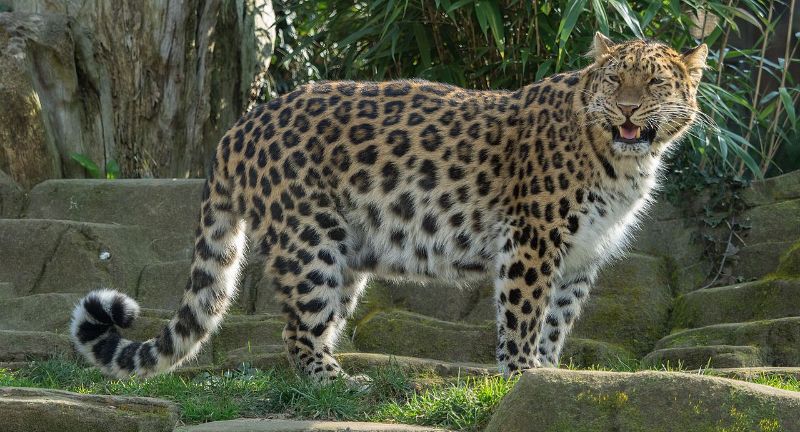
Wikipedia
The Amur Leopard, found in the temperate woodlands of the Russian Far East and northeastern China, is on the brink of extinction, with less than 100 of these animals estimated to be living in their natural habitat. As a solitary and night-active hunter, it confronts challenges such as loss of habitat, illegal hunting for its distinctive spotted coat, and diminishing numbers of prey. Efforts to conserve this species involve safeguarding its living environment, implementing measures against poaching, and breeding initiatives designed to boost their population. The existence of the Amur Leopard is vital for the ecological diversity of its habitat.
Sumatran Elephant
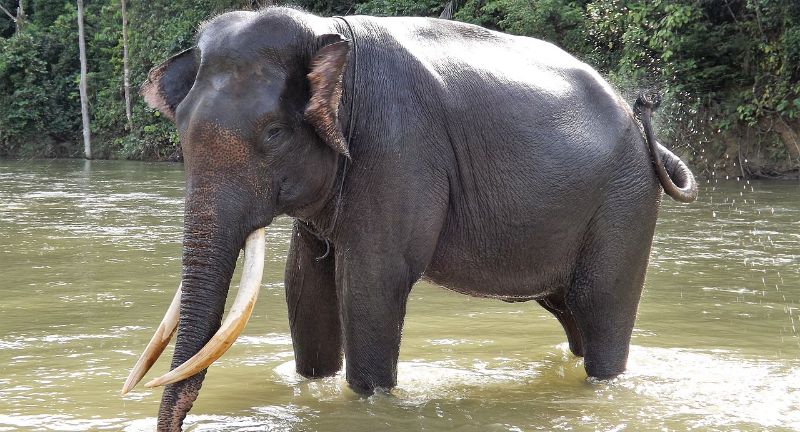
Wikipedia
The Sumatran Elephant, a distinct variant of the Asian Elephant, faces a critical threat of extinction due to diminishing habitats, extensive deforestation, and escalating conflicts with humans. Inhabiting the Indonesian island of Sumatra, these elephants are key to preserving the forest ecosystem’s balance. Efforts to protect them encompass safeguarding their habitats, implementing anti-poaching measures, and developing strategies to reduce human-elephant confrontations. Ensuring the continued existence of the Sumatran Elephant is essential for the conservation of biodiversity in this area.
Axolotl
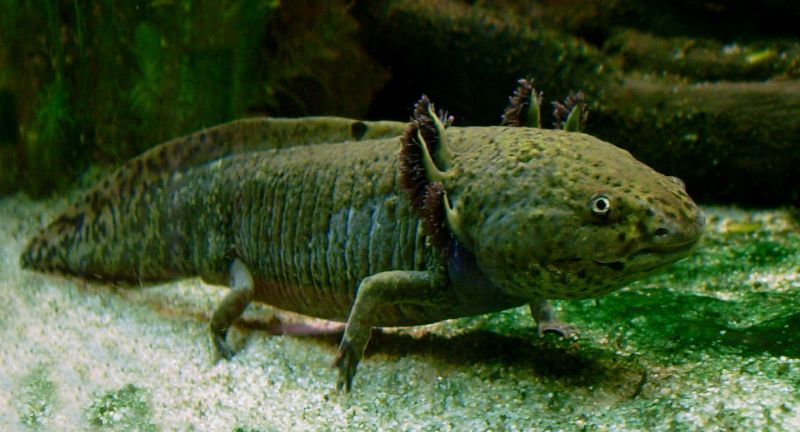
Wikipedia
The Axolotl, distinguished by its remarkable regenerative capabilities and distinctive look, originates from the lake system of Xochimilco, close to Mexico City. Its existence is under threat due to urban expansion, contamination of water, and the introduction of non-native species, leading to a significant reduction in its natural habitat. Efforts to conserve this species focus on restoring their habitat and breeding initiatives to bolster their numbers in the wild. The situation of the Axolotl underscores the consequences of environmental damage on aquatic life and underscores the necessity of conservation measures.
Ploughshare Tortoise
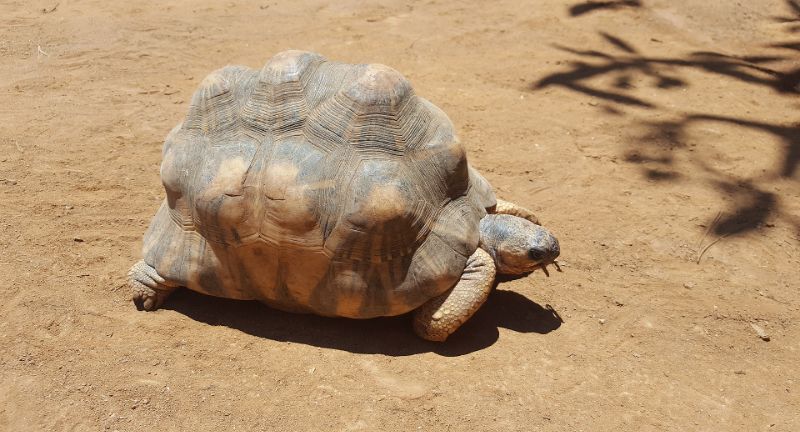
Wikipedia
The Ploughshare Tortoise, or Angonoka Tortoise, exclusively native to Madagascar, is facing a critical threat of extinction. Its distinctive golden shell has unfortunately made it a prime target for the illicit pet market, playing a major role in its decreasing numbers. Conservation strategies are centered around efforts to combat poaching, protect its natural habitat, and implement breeding programs to enhance its population in the wild. The struggle to preserve the Ploughshare Tortoise serves as a stark illustration of the damaging effects of the international illegal wildlife trade.
Yangtze Finless Porpoise
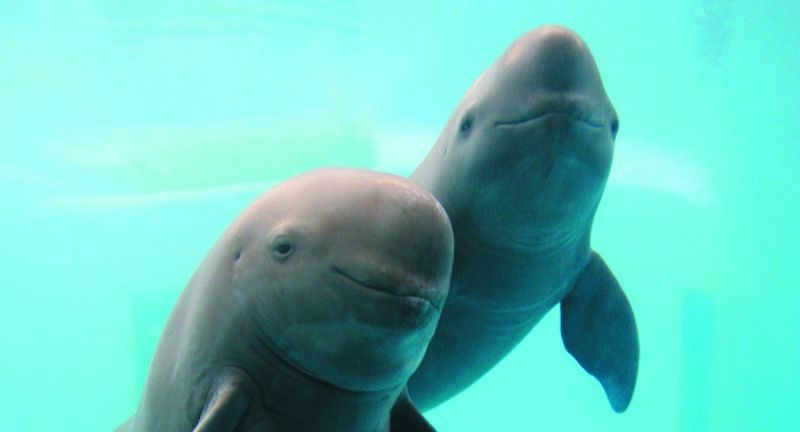
Wikipedia
The Yangtze Finless Porpoise, unique as the sole freshwater porpoise species, is critically endangered and inhabits the Yangtze River in China. Known for its intelligence and playful nature, it faces threats from the deterioration of its habitat, pollution, and unlawful fishing practices. Conservation efforts are focused on creating protected zones and conducting studies on their behavior and ecological patterns to guide conservation tactics. The existence and well-being of the Yangtze Finless Porpoise are reflective of the overall health of the Yangtze River’s ecosystem.
Iberian Lynx
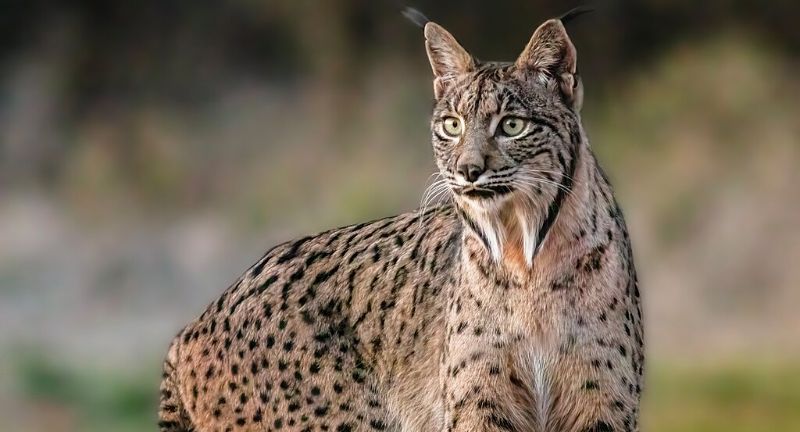
Wikipedia
The Iberian Lynx, previously known as the world’s most imperiled feline species, has experienced a steady rise in numbers, largely due to concerted conservation initiatives in Spain and Portugal. Efforts such as restoring their natural habitats, managing rabbit populations (which are their main prey), and an effective breeding program have played significant roles in their rebound. However, challenges like habitat division and road accidents still pose threats to the species. The revival of the Iberian Lynx stands as an inspiring example for conservationists striving to protect endangered species.
Cross River Gorilla
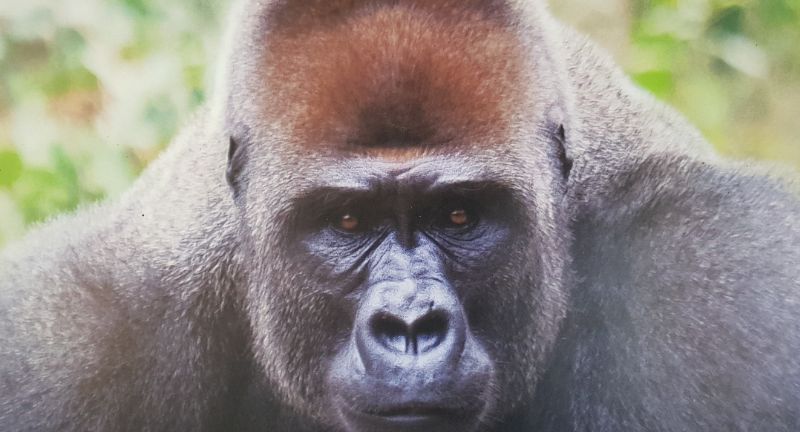
Wikipedia
The Cross River Gorilla, numbering only between 200 and 300 individuals, stands as the most threatened among gorilla subspecies. It resides in the lush forests and mountainous areas along the Nigeria-Cameroon border. This group faces peril due to the destruction of their habitat, illegal hunting, and diseases transmitted from humans. Conservation measures are aimed at safeguarding their habitat, conducting anti-poaching patrols, and encouraging sustainable ways of living for nearby communities to lessen reliance on the forest. The continued existence of the Cross River Gorilla is essential for maintaining the region’s biodiversity.
Seychelles Sheath-tailed Bat
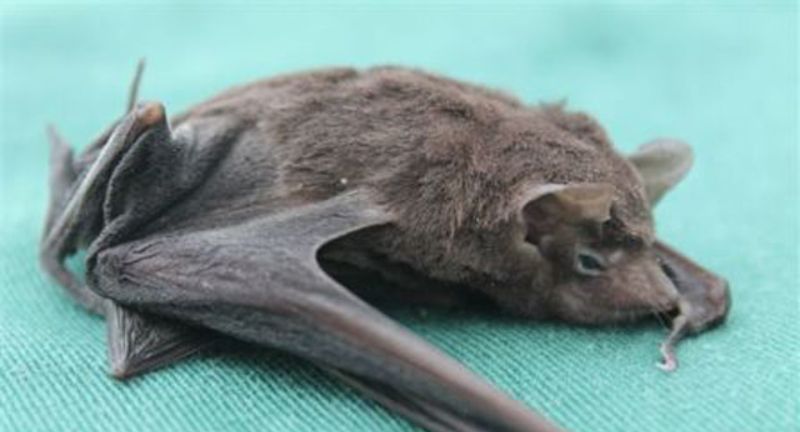
Wikipedia
With a population of less than 100, the Seychelles Sheath-tailed Bat is in a critical state of endangerment, primarily due to loss of habitat and predation. This diminutive bat, exclusive to the Seychelles, underscores the distinct biodiversity of this island nation. Conservation initiatives are centered on safeguarding and restoring its habitat, along with conducting research to gain deeper insights into the species’ requirements. Preserving the Seychelles Sheath-tailed Bat is vital for upholding the ecological equilibrium and diverse natural life of the Seychelles.
Conclusion
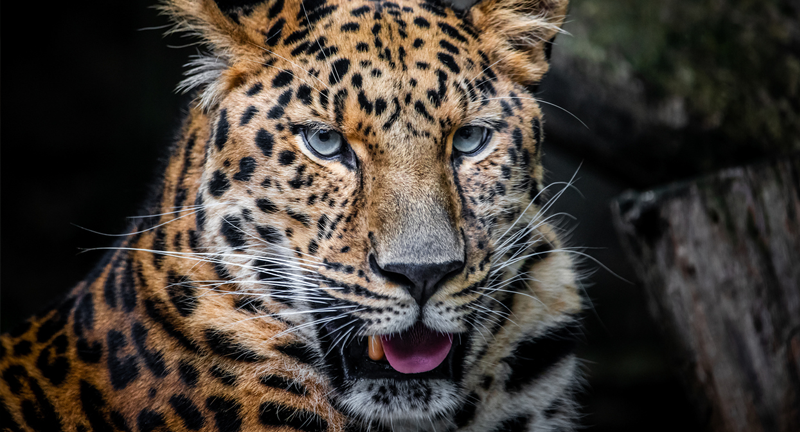
Wikipedia
As we conclude our exploration of the thirty rarest animal breeds, it becomes evident that the fight to save these remarkable creatures from the brink of extinction is more than a conservation effort; it’s a testament to our responsibility towards our planet’s incredible biodiversity. Each species, with its unique role in the ecosystem, contributes to the delicate balance of nature. Their struggles and successes in the face of adversity inspire a deeper appreciation for the natural world and a stronger commitment to protect it. Let us carry forward the message of conservation, understanding that the survival of these rare breeds is intricately linked to our own future, urging us to act now to preserve the rich tapestry of life on Earth.















